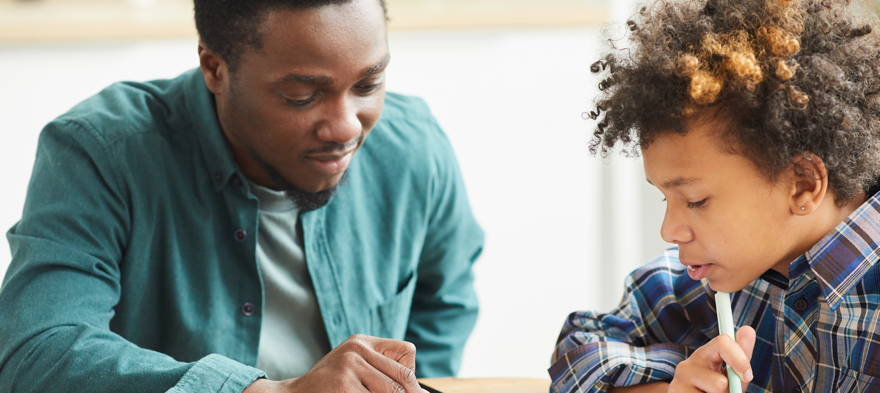
Aug 9, 2021 12:00:00 AM
We are halfway through summer and the 2021-22 school year is only a few weeks away in some communities. After countless disruptions caused by the pandemic, the vast majority of schools are expected to open for full-time, in-person learning. Understandably, many educators are spending the summer planning for how they will identify and address gaps in learning when students return. To make this year successful, school leaders must also plan for how they will support the kinds of caring relationships between teachers and students that are the foundation for learning and development.
All teachers recognize that forming these connections creates the kind of classroom environment where kids want to participate and engage. Yet, according to student surveys conducted by Search Institute, the quality of student-teacher relationships declines throughout middle and high school. By the end of high school, just 16% of students say that teachers really care about them and push them to be their best. [pullquote]Students learn best when they are seen as individuals, when they are comfortable asking for help, and when they feel supported to take risks.[/pullquote] Imagine the possibilities if more students could make meaningful connections with teachers--especially at the time that they are transitioning to adulthood.
The good news is that we can make sure all children have one-on-one relationships with educators — and research shows that there are considerable academic and social-emotional benefits for students when we do. Positive teacher-student relationships are connected to greater engagement, increased motivation, and better grades.
What’s more, these positive outcomes appear to be greater for low-income students, students of color, and low-achieving students. This is important because we know that students of color and their families experienced disproportionate negative health, economic, and educational impacts related to the pandemic. For example, a RAND study found that schools operating on a fully remote basis during the past year served higher percentages of students of color and low-income students. Those schools also reported significantly less instructional time and curriculum coverage than schools operating in-person or with a hybrid model. It’s critical, then, that schools prioritize interventions designed to meet their needs in the coming year.
That starts with planning for a return to school grounded in relationships and connection. We know that some students will be returning to the classroom after learning from home for 18 months. Many will have experienced significant stress and trauma. [pullquote]Making sure that each child feels seen, heard, and valued as part of a community will be essential to supporting their well-being and their academic success.[/pullquote] And it shouldn’t be up to individual teachers alone to make it happen.
Here are three strategies for school and district leaders to turn a commitment to building strong relationships into action.
A new school year is always an opportunity for a fresh start. This year, schools can make a deliberate investment in building strong relationships so that all students can thrive.
Andrew Goldin is the executive director of Gradient Learning. Andrew started his career teaching middle school science in New York City as a Teach for America corps member. He joined YES Prep Public Schools in Houston, Texas, as the principal of two campuses and later was a manager of school leaders. After YES Prep, Andrew was the Chief Schools Officer at Summit Public Schools before leading the Summit Learning team. Andrew joined Gradient Learning as executive director in 2019. Andrew holds a bachelor's from the University of Pennsylvania, a master's of education from Bank Street College of Education, and a master's of business administration from the Harvard Business School.
Few issues in education spark more tension and debate than standardized testing. Are they a tool for equity or a burden on students? A necessary check on school systems or a flawed measure of...
Charter schools are public schools with a purpose. Operating independently from traditional school districts, they're tuition-free, open to all students, and publicly funded—but with more flexibility...
Despite the benefits of a diverse teaching force, prospective teachers of color fall out of our leaky preparation pipeline at every stage: preparation, hiring, induction, and retention. Here’s what...
Ed Post is the flagship website platform of brightbeam, a 501(c3) network of education activists and influencers demanding a better education and a brighter future for every child.
© 2020-2025 brightbeam. All rights reserved.
Leave a Comment